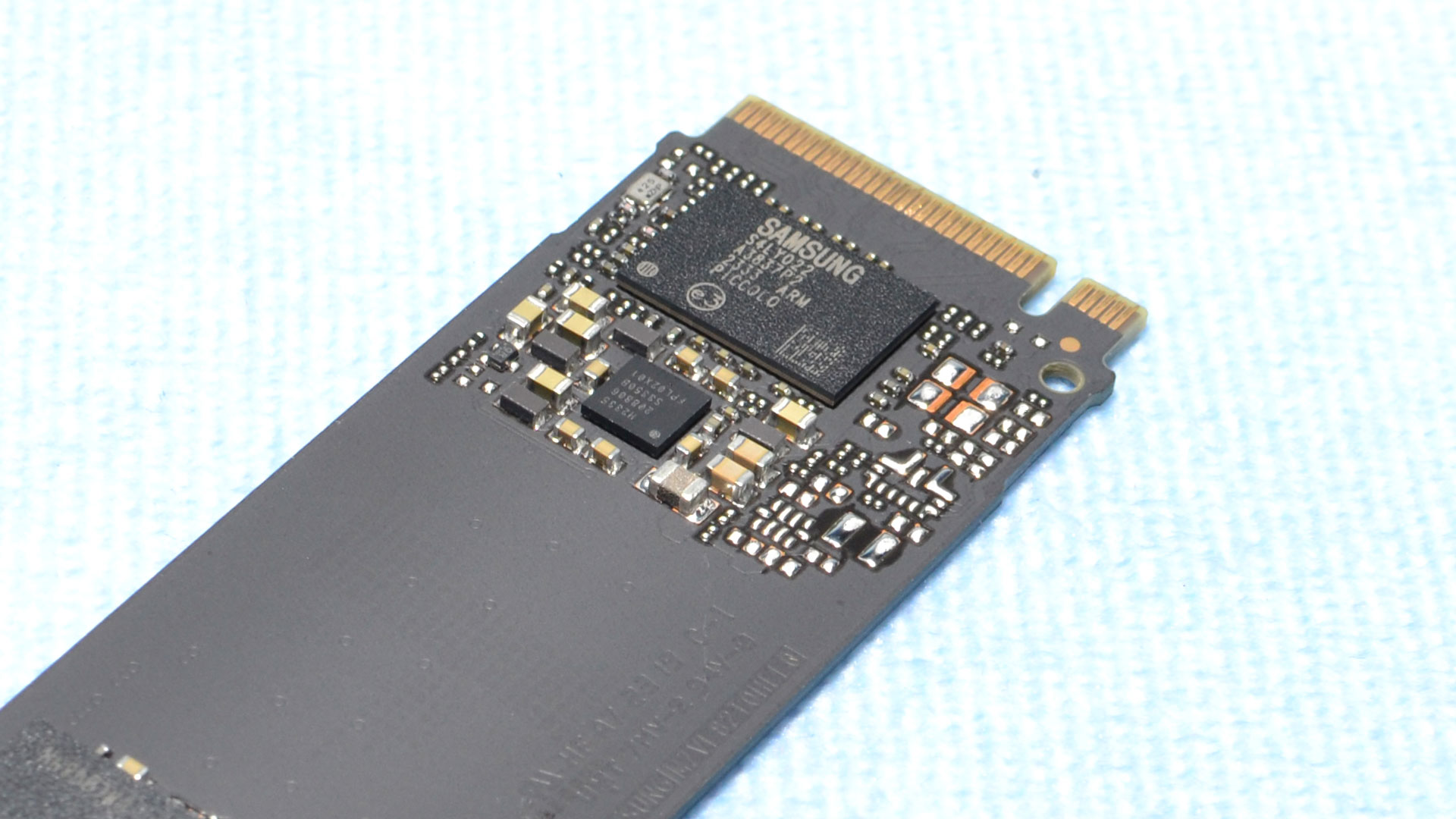NAND production cuts result in higher SSD pricing, fueling 25% revenue growth for memory makers
Almost every brand saw higher revenue.

The NAND flash industry's combined revenue increased by 24.5% in Q4 2023 compared to Q3 according to a new report from TrendForce, meeting expectations of 20% or higher growth. This growth is likely due to companies cutting NAND production and increasing prices, which have risen by around 40% since last summer. TrendForce expects the revenue to continue growing in Q1 2024, and is predicting 20% higher revenue compared to Q4 2023.
| Header Cell - Column 0 | Q4 2023 Revenue | Q3 2023 Revenue | Q4 2022 Revenue |
|---|---|---|---|
| Samsung | $4.2 million | $2.9 million | $3.48 million |
| SK hynix and Solidigm | $2.48 million | $1.86 million | $1.76 million |
| Western Digital | $1.67 million | $1.56 million | $1.66 million |
| Kioxia | $1.44 million | $1.34 million | $1.97 million |
| Micron | $1.14 million | $1.2 million | $1.1 million |
| Others | $0.56 million | $0.42 million | $0.32 million |
| Total | $11.49 billion | $9.23 billion | $10.3 billion |
The flash industry's revenue in Q4 of last year was $11.49 billion, up 24.5% compared to Q3 ($9.23 billion). Nearly every big company saw gains in Q4 — most notably Samsung, at 44.8%, and SK hynix plus Solidigm, at 33.1%. Smaller manufacturers, which make up about 5% of the market, also saw their revenue increase by 32.3%. Micron's revenue, however, actually went down 1.1%, which TrendForce says was due to supply reductions.
The entire market improved compared to Q4 2022, with a year-over-year increase of around 11.5%. Samsung, SK hynix plus Solidigm, and smaller firms saw double digit percent gains in revenue, which fueled the yearly growth. Western Digital and Micron saw almost no improvement to revenue, however, and Kioxia is actually still down a considerable amount.
Increases in average selling price seem to be the source of revenue growth for Samsung and Western Digital, and perhaps for the wider market too. It's not that surprising since flash manufacturers tackled the oversupply issue by cutting back production and allowing demand to chip away at inventory. Now there's shortage of materials needed for NAND flash, especially the kind that powers high-capacity SSDs. At the same time, demand is rising and is recovering from its low point in 2022.
The rise in revenue has been accompanied with a rise in SSD prices. PCPartPicker's SSD pricing trends show that since prices have risen steadily since Oct. 2023. While the average 1TB NVMe SSD went for around $80 in the summer, the average is now closer to $110. In Dec., TrendForce predicted SSD prices would surge about 50% in the short-term, and while this may be true for some models, this hasn't quite happened on average — yet. Even compared to the all-time lows of Aug. and Sept., prices have gone up about 40% — so perhaps an additional 50% isn't in the cards.
Despite all this, the industry's revenue in Q1 is expected to see another 20% increase. It's actually very unusual for Q1 to see higher revenue than the previous Q4 in most computer-related businesses; companies such as AMD and Nvidia almost always see weaker demand for components in the first half of the year (and especially in Q1). That Q1 2024 will potentially see more revenue than Q4 2023 suggests that 2024 may be a year of explosive growth for NAND flash firms.
Get Tom's Hardware's best news and in-depth reviews, straight to your inbox.

Matthew Connatser is a freelancing writer for Tom's Hardware US. He writes articles about CPUs, GPUs, SSDs, and computers in general.
-
magbarn Cartel Flash manufacturers learning from the best: OPECReply
Car manufacturers have also been on the same game the last 4 years. Cut production, keep car lots empty. Lots more money for everyone but the consumer. -
vishnumrao How does a few million added together get to billions? There is a typo in the table.Reply -
Notton Some brands, like timetec and kingspec, still offer cheap 1TB and 2TB Gen3 drives that are in the 2500/1800 speed range.Reply
But I would only suggest those if you REALLY need a cheap SSD right now.
Another thing I am seeing are Gen4 drives in the 5000MB/s ball park reaching price parity with Gen3 drives. They are decent models too, like Lexar NM710, and Patriot VP4300. -
ekio This should be illegal...Reply
It's literally inflation on purpose. I wish these companies were taken down by uncorrupted gov. -
Bluoper Reply
It's very hard to convince board members to make less money then they could be :/ekio said:This should be illegal...
It's literally inflation on purpose. I wish these companies were taken down by uncorrupted gov.